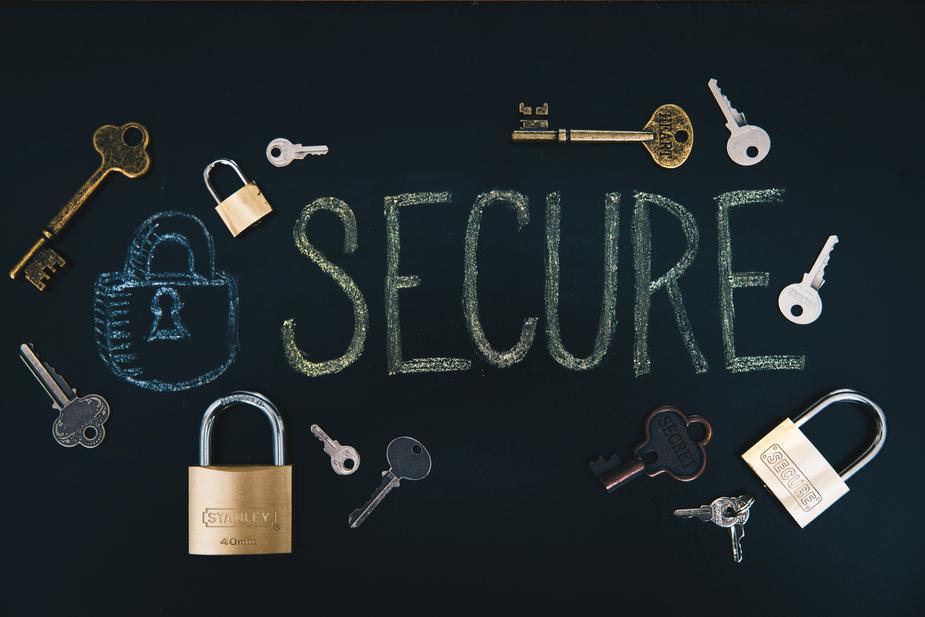
Almost every stakeholder, from Enterprise Security Architect to CISO that I speak with these days wants to be able to inspect their organization’s encrypted traffic and data flowing between the internet and the corporate devices and end users that they are chartered to safeguard.
When asked what are their primary drivers for wanting to enable SSL/TLS inspection the primary top of mind concerns are as follows:
- Lack of visibility – Upwards of 75-80% of our traffic headed to the internet and SaaS is SSL/TLS encrypted
- We know that bad actors are leveraging SSL/TLS to mimic legitimate sites to carry out phishing attacks as well as hide malware downloads and Command and Control (C&C) activities
- I need to know where our data resides – We know bad actors are using SSL/TLS encrypted channels to attempt to circumvent Data Loss Prevention (DLP) controls and exfiltrate sensitive data. Our own employees may intentionally or unintentionally post sensitive data externally
With a pretty clear understanding of the risks faced by not inspecting SSL/TLS encrypted traffic one would assume that every enterprise has already taken steps to enable this right? Well…not neccessarily. There are 2 main issues to overcome in order to implement this initiative, one is a technical hurdle, the other is a political hurdle.
The technical hurdle is essentially ensuring that your enterprise network and security architecture supports a traffic forwarding flow for both your on-prem and off-net roaming users which traverses an active inline SSL/TLS inspection device capable of scaling to the processing load imposed by 75-80% of your internet and SaaS bound traffic being encrypted. In an enterpise network and security architecture where all end user traffic, even remote users, flows through one or more egress security gateway stack choke points comprised of traditional hardware appliances the processing load imposed in doing SSL/TLS interception dramatically reduces the forwarding and processing capacity of those hardware appliances as evidenced in recent testing by NSS labs.
This is critical in that most enterprises would need to augment their existing security appliance processing and throughput capacity by at least 3x to enable comprehensive SSL/TLS inspection. This constitutes a signficant re-investment in legacy security appliance technology that doesn’t align with a more modern direct to cloud shift in their enterprise network and security architecture design
The second concern, and the primary topic of a recent whitepaper issued by Zscaler, is balancing the user privacy concerns of SSL/TLS inspection versus the threat risks of not inspecting a enterprise’s corporate device internet traffic.
Some of the key things to consider in the privacy vs risk assessment and subsequent move to proceed with an SSL/TLS inspection policy are as follows:
- An organization can not effectively protect the end user and the corporate device from advanced threats without SSL/TLS interception in place
- An organization will also struggle to prevent sensitive data exfiltration without SSL/TLS interception
- Organizations should take the time to educate their end users that instituting an SSL/TLS inspection policy is a security safeguard and not a ‘big brother’ control
- Organizations should inform employees as to the extent of what will and will not be inspected. This should be defined as part of an acceptable usage policy for internet use on corporate issued assets and this policy should be incorporated into their terms of employment agreements
- Organizations should review this policy with in house legal counsel, external experts and any associated worker’s councils or unions as well as paying careful consideration to regional data safeguard compliance frameworks like GDPR
- Organizations should take the neccessary steps to ensure appropriate safeguards are put in place for the processing and storing of the logs associated with decrypted transactions such as obfuscating usernames
For a more comprehensive review of how to navigate the security vs privacy concerns and implement a successful SSL/TLS inspection campaign take a look at the recent whitepaper that Zscaler has authored – https://www.zscaler.com/resources/white-papers/encryption-privacy-data-protection.pdf
Disclaimer: The views expressed here are my own and do not necessarily reflect the views of my employer Zscaler, Inc.


